

Max Davies
2025 Toyota GR Supra Track Edition review
4 Days Ago
Sharing fundamental similarities with wirelessly charging your smartphone, inductive charging for EVs has yet to be rolled out in a widespread manner

Contributor
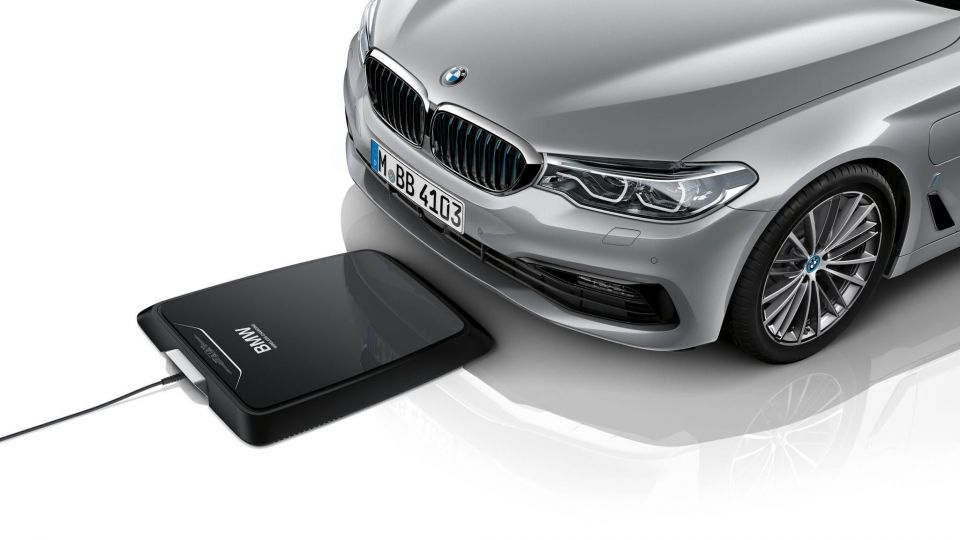

Contributor
Imagine driving an electric vehicles that could charge without being plugged in, with no cables needed.
You could park at your local shopping centre, and your vehicle could automatically start charging as soon as you exit your car. Once you got home, your vehicle could also start charging as soon as you parked it in your garage. Maybe your EV wouldn’t even need to be charged for as long at home, as you’d driven along a road that charged it.
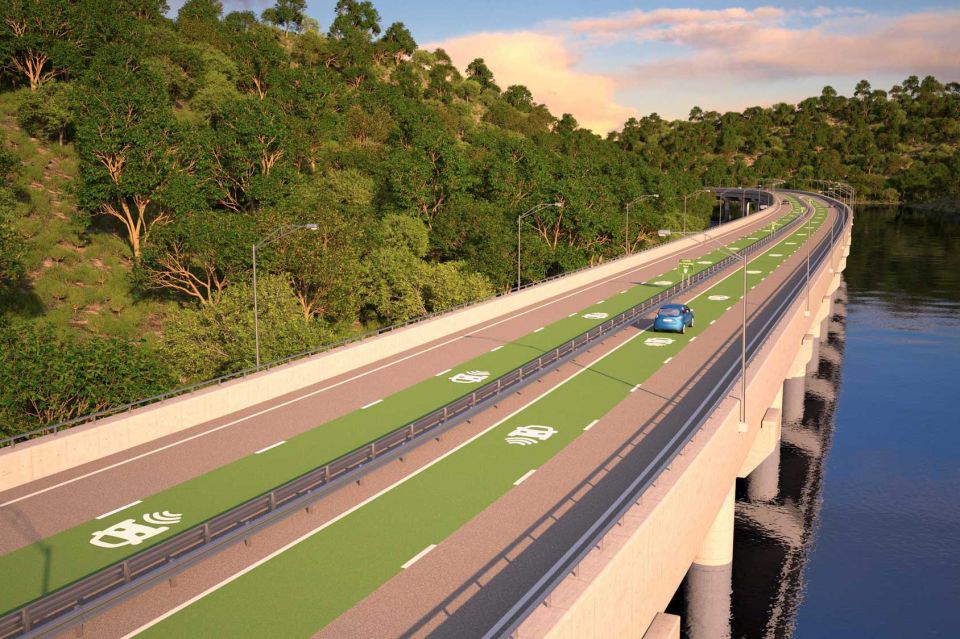
Wireless charging for EVs promises to make this dream a reality. It has the potential of being the ultimate charging technology, where drivers can simply leave, lock and charge their EV for a stress-free charging experience with maximum convenience.
Theoretically, wireless EV charging works on the same basis as induction charging for smartphones, which commonly use the Qi wireless charging standard. An electrical current is sent through a coil, generating an electromagnetic field that acts on a second coil a short distance away, to generate a corresponding electric current. This current is then transferred to the car’s battery, charging it.
Currently, the automotive industry is exploring two applications of this scientific principle. These are pad-based wireless charging, and wireless charging infrastructure that is built into roads.
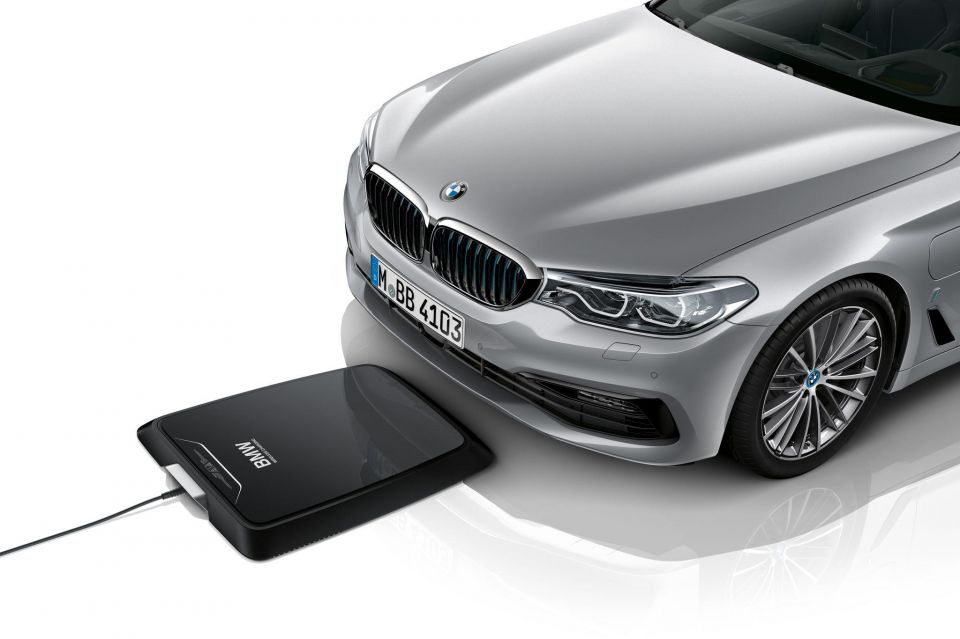
Much like how charging a smartphone wirelessly requires the user to place their phone precisely on a special pad, inductive charging for electric vehicles requires the owner to carefully drive their EV over a special pad placed on the floor of their garage (or in the future, a parking spot in a multi-storey carpark). If at home, the pad itself is connected via a cable to a wallbox or other power outlet.
Pad-based wireless charging options currently have limited availability, with some car manufacturers testing the technology in certain overseas markets.
BMW is one of these carmakers, introducing the technology in its 530e iPerformance PHEV in 2018. The system consists of two components, namely a pad on the floor (called the GroundPad in BMW lingo) and a charging plate mounted to the underside of the vehicle, called the CarPad.
As the car approaches the GroundPad, its iDrive infotainment system displays a graphic that assists the driver to perfectly align their car with the GroundPad.
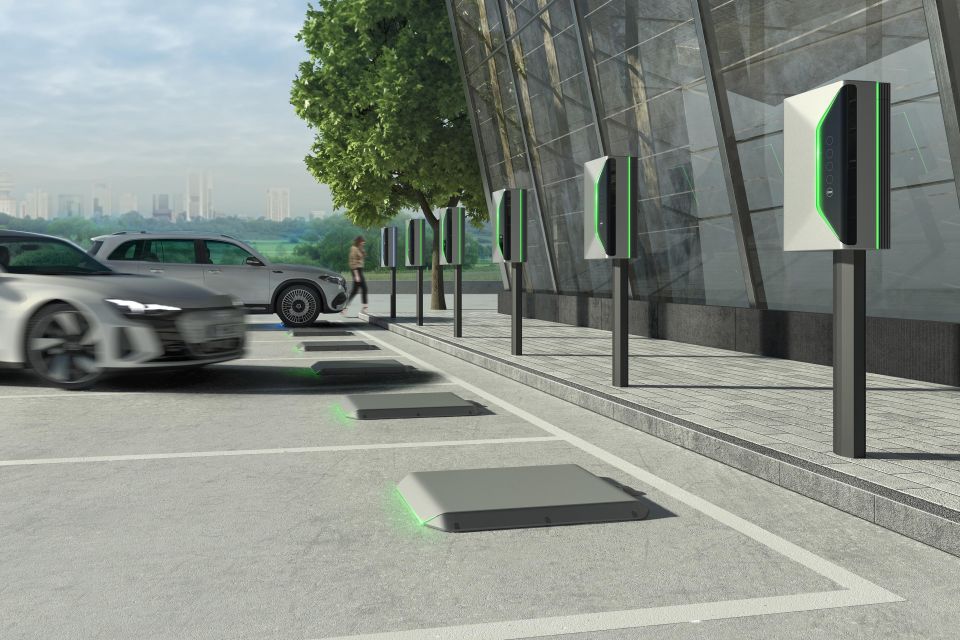
When aligned, the charging plate is just three inches away from the GroundPad, and BMW claims the system has a 3.2kW charging rate, enabling the car to completely charge its batteries in around 3.5 hours. BMW claims that energy is transferred with an efficiency of 85 per cent from the GroundPad to the car.
The company trialled the program in Germany and the US (as a 36-month lease) in mid-2019, however the program hasn’t been expanded since then.
Hyundai’s luxury brand, Genesis, is another carmaker trialling wireless charging technology for electric vehicles. In the Korean market, its new GV60 EV, based on the dedicated E-GMP electric vehicle platform, can be equipped with a wireless charging solution developed by American company WiTricity.
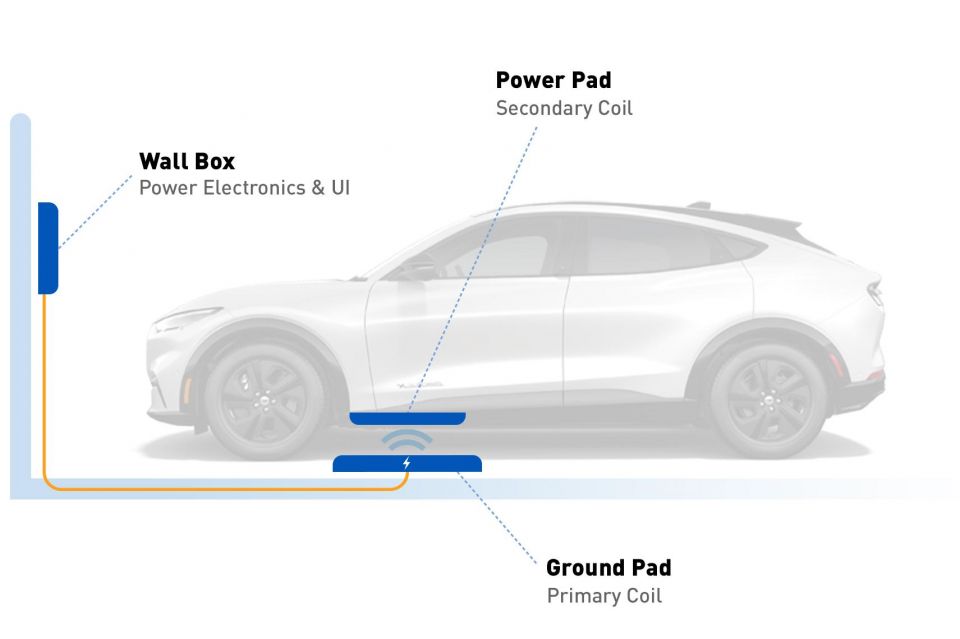
Unlike the BMW system described above, the WiTricity system in the newer GV60 can charge at a rate of up to 11kW with an efficiency of 90 to 93 per cent. Genesis claims that, using wireless charging, the GV60 can be fully charged in as little as six hours, compared to the ten hours taken when the car is connected to a conventional wall charger.
Despite these developments, pad-based wireless charging technologies for electric vehicles still suffer from shortfalls that prevent their widespread adoption. Cost remains a key issue, with these systems generally being an added cost on top of an already expensive conventional wallbox solution.
Efficiency (the amount of energy generated by the ground-based pad that is captured by the car) is also an issue, with even a 93 per cent efficiency rating, as found on the GV60, falling short of the optimal efficiency achieved when plugging in a cable.
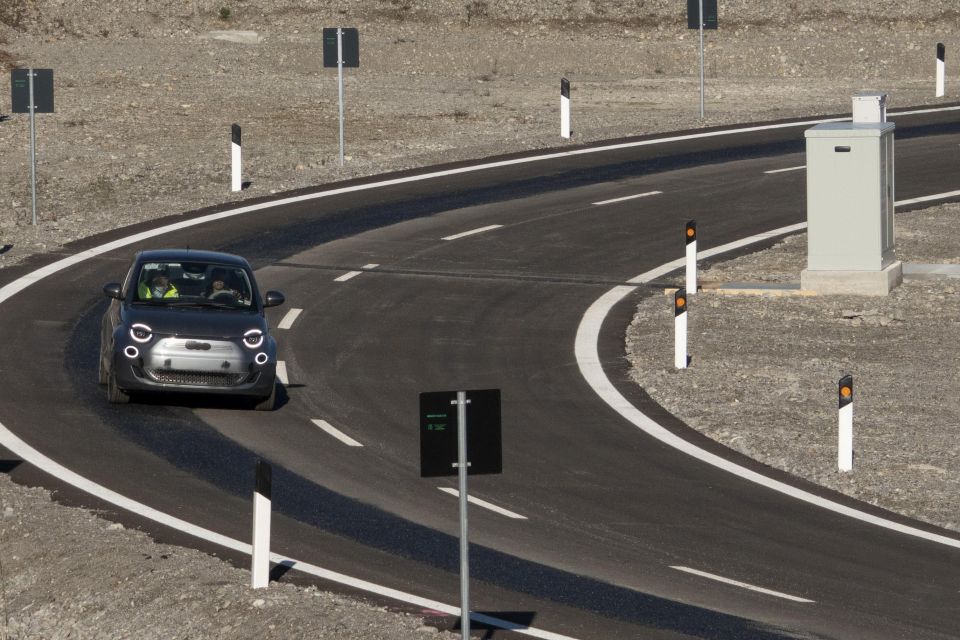
Perhaps the closest that technology will ever come to a Mario Kart-style ‘boost’ tile, road-based wireless charging aims to charge your electric vehicle as you drive along an ordinary asphalt road. This technology is in its infancy, even more so than static pad-based wireless charging.
Road-based wireless charging systems work on the same principle described above, but extend this by burying a series of copper coils just underneath the asphalt, that generate an electromagnetic field along an entire stretch of road. A car equipped with a suitable receiver then picks up current from the series of coils as it drives along, charging the vehicle.
Stellantis is the most recent carmaker to demonstrate the viability of this technology, by building a 1.05km circuit in Italy and then driving the new 500e along it at typical highway speeds.
The company claimed the car’s battery wasn’t depleted while driving, and that the system’s overall efficiency is comparable to that of a public DC fast charging station.
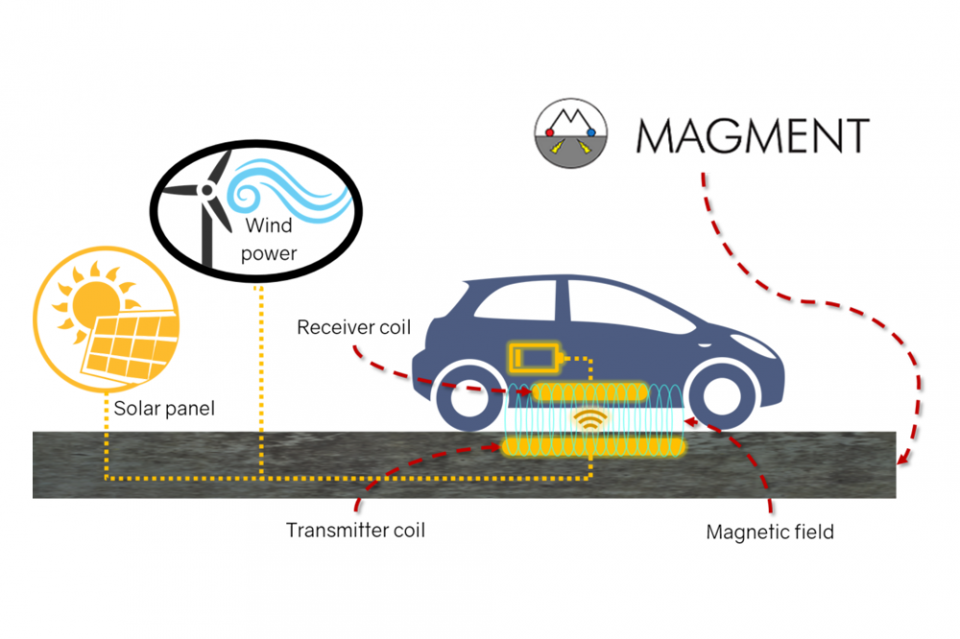
Detroit, well known as the Motor City, will be one of the few locations in the world to trial this technology on a public road in 2023. The Michigan Department of Transportation has awarded Electreon, an Israeli company, a contract to build a mile-long section of road equipped with wireless charging technology that can work whether vehicles are stationary or in motion.
In West Lafayette, Indiana, the the Indiana Department of Transportation is working with Purdue University and German startup Magment GmbH to develop magnetisable concrete that would facilitate the development of a public wireless charging road.
Cost remains the primary barrier to widespread adoption of this technology, as any rollout would likely be part of an infrastructure project requiring significant government investment and potentially a public-private partnership. That would be difficult to justify when most EVs currently on the road are not suitably equipped to make use of wireless charging.
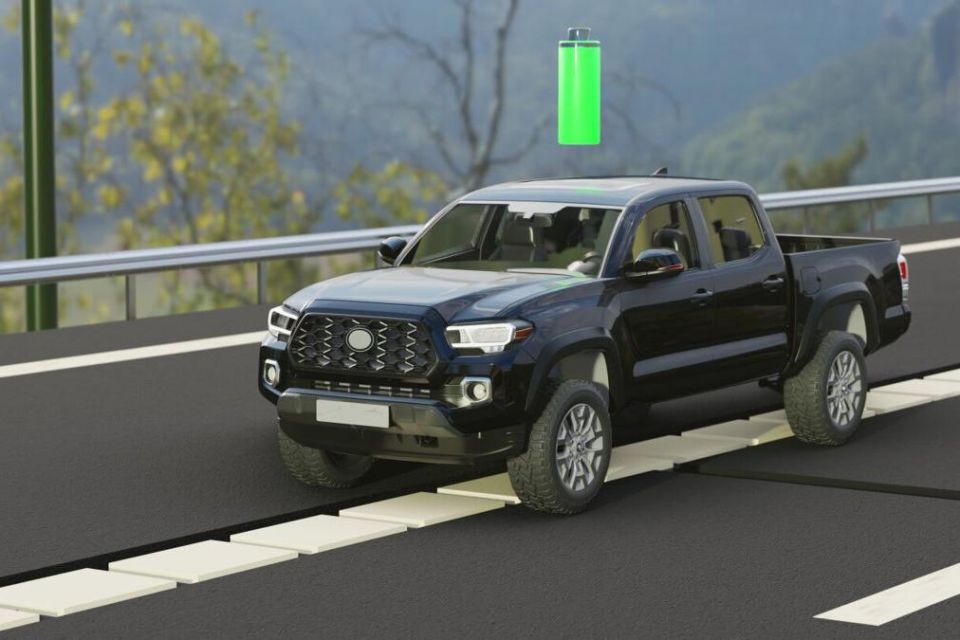
Additionally, being publicly available, the technology would need to have the capacity to charge everything from small EVs to larger utes and commercial vehicles, and it is currently uncertain whether vehicles with larger batteries or increased energy consumption could be effectively charged using this infrastructure.
Safety, both in terms of preventing electrocution for passers-by, and ensuring there are no adverse health effects from electromagnetic radiation, are also valid concerns.
In its trial, Stellantis claimed the electromagnetic radiation generated by a wireless charging road did not pose any danger to health, and that the asphalt acts as an effective insulator to mitigate any risk of electrocution.


Max Davies
4 Days Ago


Neil Briscoe
3 Days Ago


Max Davies
2 Days Ago


James Wong
1 Day Ago


William Stopford
24 Hours Ago
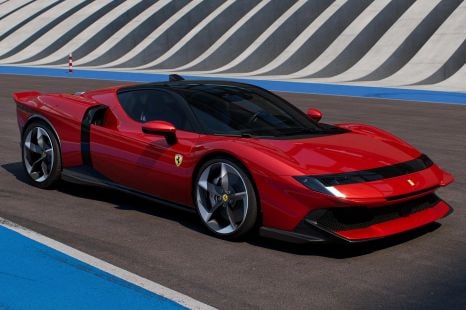

Gautam Sharma
7 Hours Ago